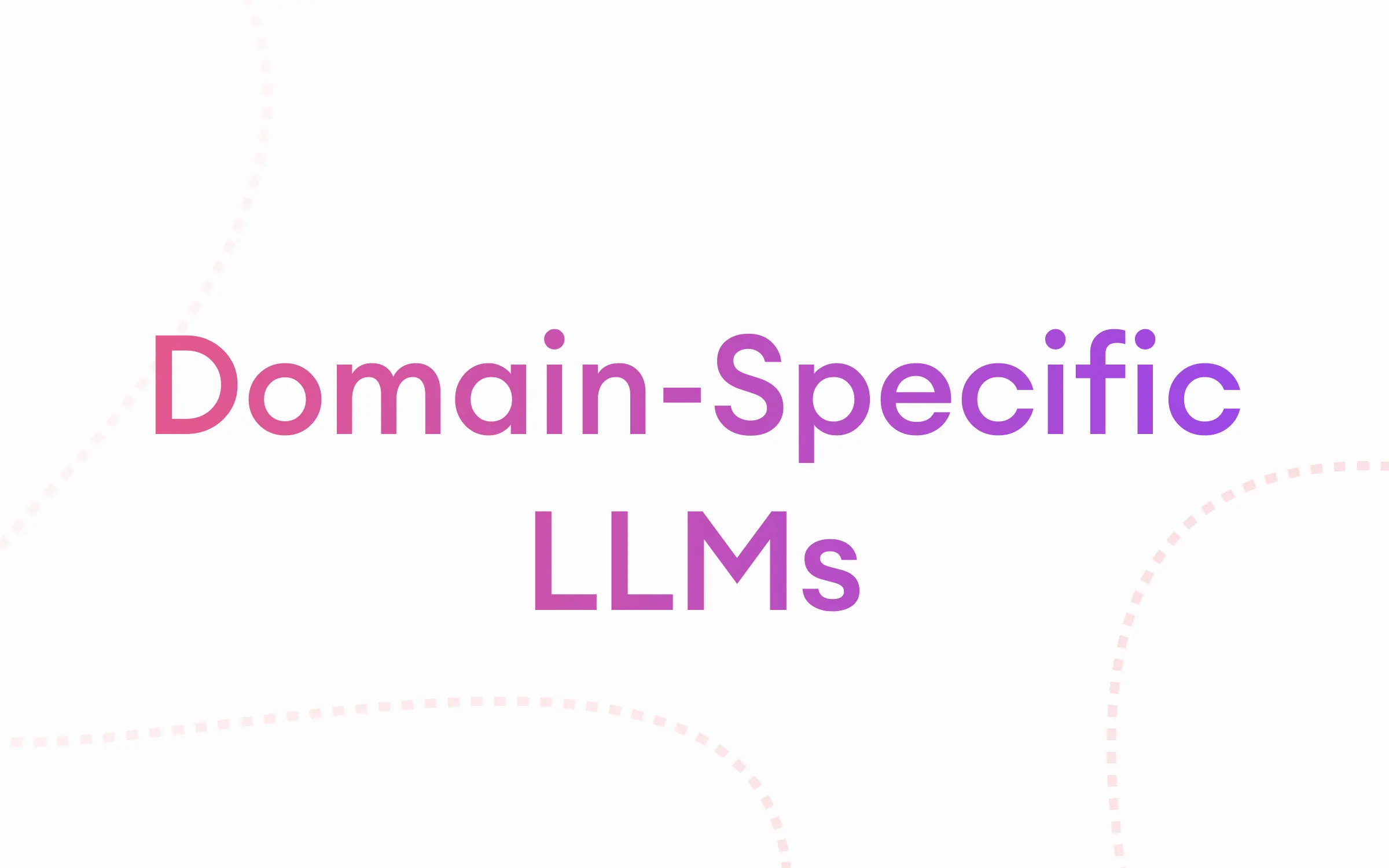OpenAI announced new ChatGPT features during its annual DevDay conference. This was one of the most groundbreaking days not only in AI but also in software history. The changes that OpenAI introduced will revolutionize the large language models industry in many ways. Two of the major announcements of the conference were GPT-4 Turbo – a new model for ChatGPT, and GPTs – a creator tool for chatbots. In this blog post, we'll discuss GPT 4 Turbo and its new features.
Better knowledge
First, GPT-4 Turbo provides answers with information up to April 2023 (prior versions were cut off in January 2022). Altman said in his speech that OpenAI was just as annoyed (probably more) by the time limitation of GPTs' knowledge as the users. They also integrated retrieval augmented generation (RAG) into the platform so that you can bring knowledge from outside documents into your model.
Context length
Next comes GPT-4 Turbo's larger context window. Contrary to the 3000-word limitation of its previous models, it can take inputs of up to 300 pages. Let's talk about tokens. GPT-4 Turbo takes up to a 128,000-token context window, which is four times the size of GPT-4 (however, it returns a maximum of 4,096 output tokens). So, it can read big files but write short outputs. Also, it's currently the largest context window among the commercially available models (surpassing Claude 2 with a 100,000 tokens context window). To imagine better, 300 pages means you can summarize huge books with GPT-4 Turbo.
New modalities
The platform also goes multimodal since GPT-4 Turbo supports DALL-E 3 AI-generated images and text-to-speech. It also offers a selection of six preset voices, allowing the option to listen to responses in multiple distinct tones.
Price
Let’s talk about price. Turns out GPT-4 Turbo is also affordable. Its input tokens are 3x cheaper than GPT-4 at $0.01, and output tokens are 2x cheaper at $0.03. Turbo also has record accuracy (87% vs 52% of GPT-4 on PyLLMs benchmark).
Here’s a comparison chart of GPT models.

How to use GPT-4 Turbo
Access to GPT-4 Turbo is currently open to all developers with a paid subscription to OpenAI's API services. Developers can integrate it into their applications by using "gpt-4-1106-preview" as the model parameter. The same goes for GPT-4 Turbo's vision capabilities, where "gpt-4-vision-preview" is used as the model parameter.
For those who are not developers, the availability of GPT-4 Turbo is anticipated for subscribers of ChatGPT Plus and ChatGPT Enterprise services in the near future.
Regarding usage limits, OpenAI has implemented a system to control the frequency of API requests to manage server loads. They've recently clarified these limits to ensure users aren't caught off-guard by service interruptions. The request allowance for GPT-4 models has been increased twofold. Currently, GPT-4 Turbo permits up to 20 requests per minute and 100 requests daily. OpenAI has stated that there won't be any increase in these limits for the moment, but this may change once the final, public version is released.
Trying GPT-4 Turbo
People around the world are excited to try and see what GPT-4 Turbo is offering.
Let’s see how it can summarize a 20,000-word scientific paper. After summarizing, the model is asked questions from the paper like “What encoder and decoder does Whisper use?” or “Code me a GELU activation function in Python”. Here’s how GPT-4 Turbo deals with such requests from an outside document.
Many are impressed by the speed of Turbo.
Here’s a quick demo of multimodal GPT-4 Turbo with the ability to quickly switch between modes.
Wrapping up
OpenAI's GPT-4 Turbo is a testament to the rapid progress in AI technology. While it's currently available in a preview mode for paying developers and will soon reach broader audiences through ChatGPT Plus and Enterprise subscriptions, its potential is undeniable, and its limits are yet to be explored.
The anticipation around the production-ready version of GPT-4 Turbo suggests that we are on the cusp of a new era in AI, where the only real limits are those of our imagination and the ethical boundaries we set. With the recently rumored Q-star algorithm and other LLM breakthroughs, GPT-4 Turbo may revolutionize the generative AI industry. As we await the full realization of GPT-4 Turbo, one thing is clear: the future is here and ready to be written.






